Yes, it does snow in Hawaii. Snow can be found on the summits of the three tallest volcanoes in Hawaii, namely Mauna Loa, Mauna Kea and Haleakala.
It almost feels like a lie but the reality is that mountain tops at elevations above 10,000 feet generally receive snow.
Many around the world (including ourselves) think of Hawaii as one sunny tropical destination – after all, it is globally advertised as a sun-kissed state.
But there is more to it – like snow. Still does not sound believable? Bear with us as we make sense of this wild weather phenomenon.
Related article: Does Hawaii have Uber?
Is Snow Rare In Hawaii?
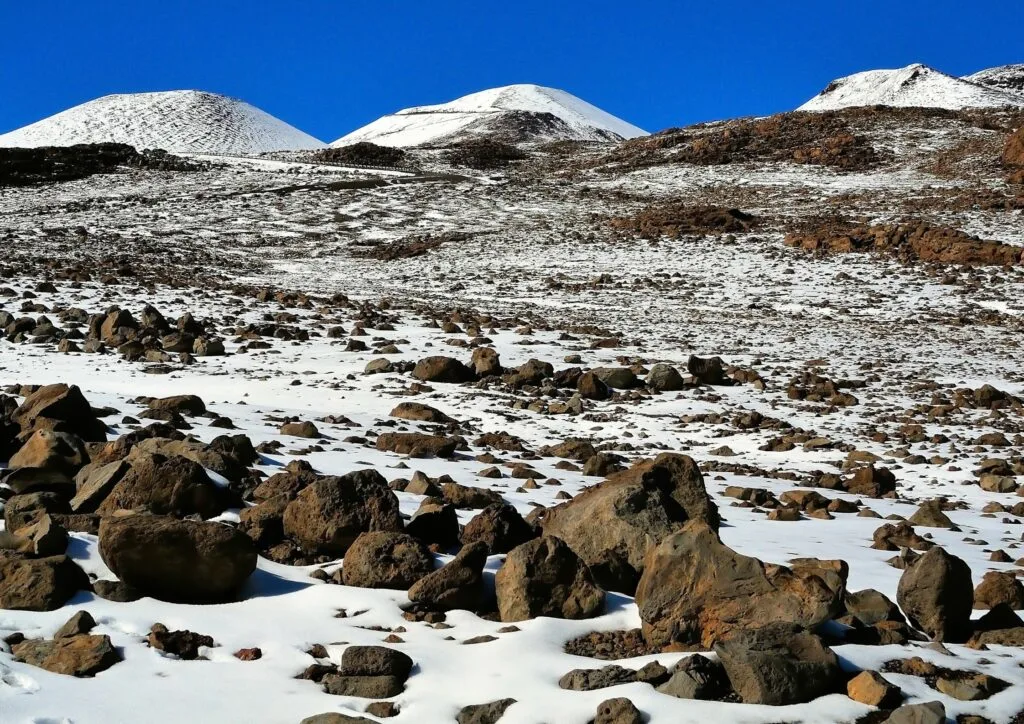
It’s not really rare. In fact, it happens at least once every year. Snowfall usually takes place during the wet season and sometimes in April, July and October.
Why? Well, Hawaii experiences a weather phenomenon called ‘leeward storm’ (Kona Low’ in Native Hawaiian). It describes how Hawaii’s wind direction is constantly changing; creating this snow effect.
However, reports suggest that this wonder might turn into a thing of the past with climate change.
Do The Coastal Regions Of Hawaii Get Snow?
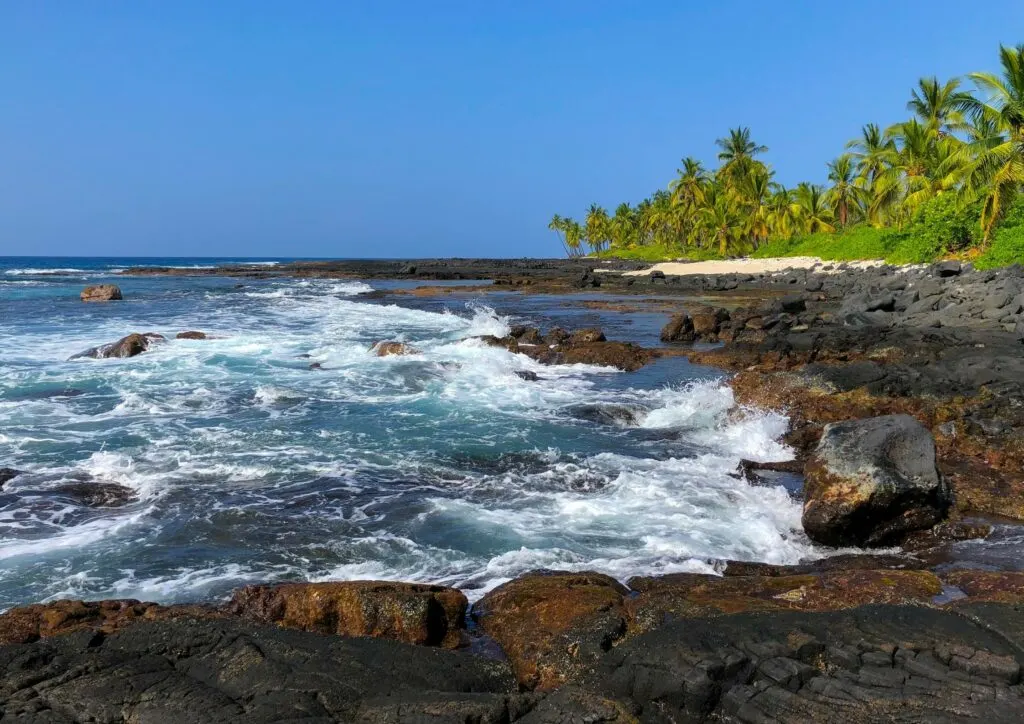
The coastal regions of Hawaii are usually free from any snowfall.
During the winter season, there is a significant temperature drop, but that’s mostly around the large volcanic mountains of Hawaii and not really across all the islands, specifically close to the coastal region (yay!).
You might also be interested in: Best Time To Visit Hawaii
Which Islands Experience Snow In Hawaii The Most?
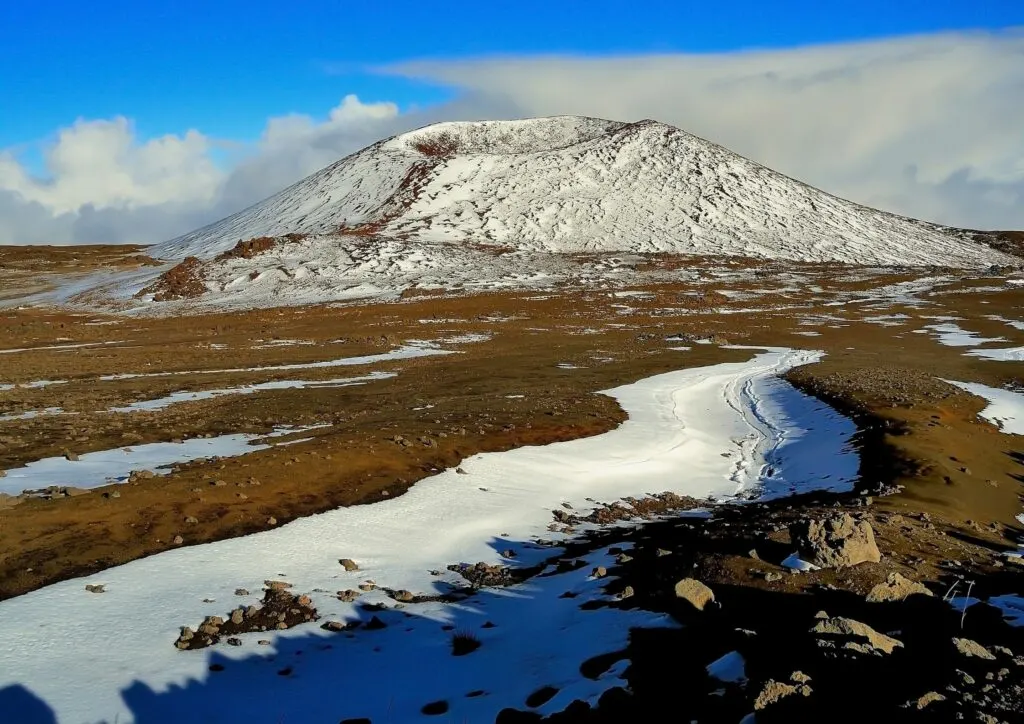
This is a tricky question. While snow is mostly seen and experienced on the peaks of volcanic mountains like Haleakala on Maui island, and Mauna Loa and Mauna Kea on Hawaii’s Big Island, there is the possibility of snow reaching other elevated regions of Hawaii through a snowstorm.
Mainly, if these areas are in the vicinity of these mammoth mountains – like the Polipoli State Park. This is a breathtakingly beautiful state park and is more commonly known to be a hiker’s paradise.
Perched at a level of approximately 6,200 feet, this state park was transformed into a snow haven in 2019.
Snow is not regular in all regions of Hawaii – especially areas at lower elevations. But that doesn’t mean these areas are unaffected by the snowy phenomenon.
If the snow falls heavy, this can create a strong cold front, resulting in a massive downpour and in a very extreme case, a blizzard.
This happened in 2021 in the southern parts of the Hawaiian Islands. The National Weather Department went as far as to warn of possible snowfall.
Some media outlets went as far as to publish headlines like “This Weekend, Hawaii will get more snow than Boston”.
Places In Hawaii That May Receive Snowfall
If you are looking for a chillier holiday vacation in Hawaii (no judgement – you do you), then there are mountains you can explore.
Haleakala
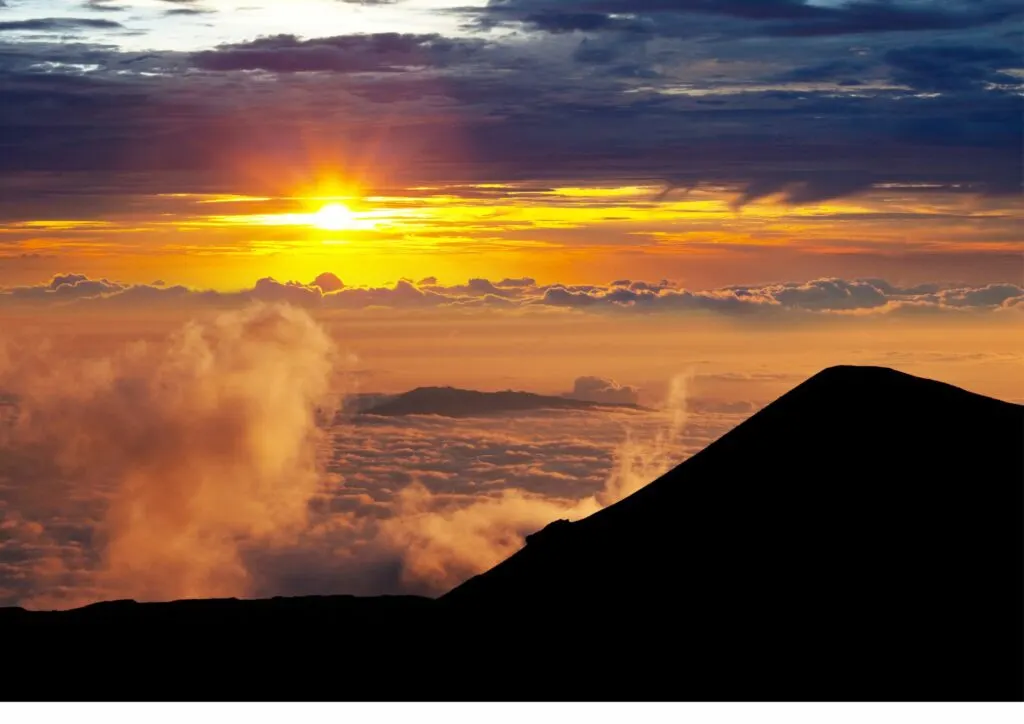
Haleakala means ‘House of the Sun’. Resting in the Haleakala National Park of the Maui Islands, this mountain is visited by all types of travellers; mainly by those who share a passion for hiking.
Standing at 10,000 feet, this volcanic peak is dormant – with no signs of erupting for the past four centuries.
It is also known to be one of the most ideal places to witness the magical sunset and sunrise in Hawaii with many more incredible nature trails that can be explored in depth.
Yet it does experience a bit of snow. How cool is that? (No pun intended – or was it?)
Mauna Loa
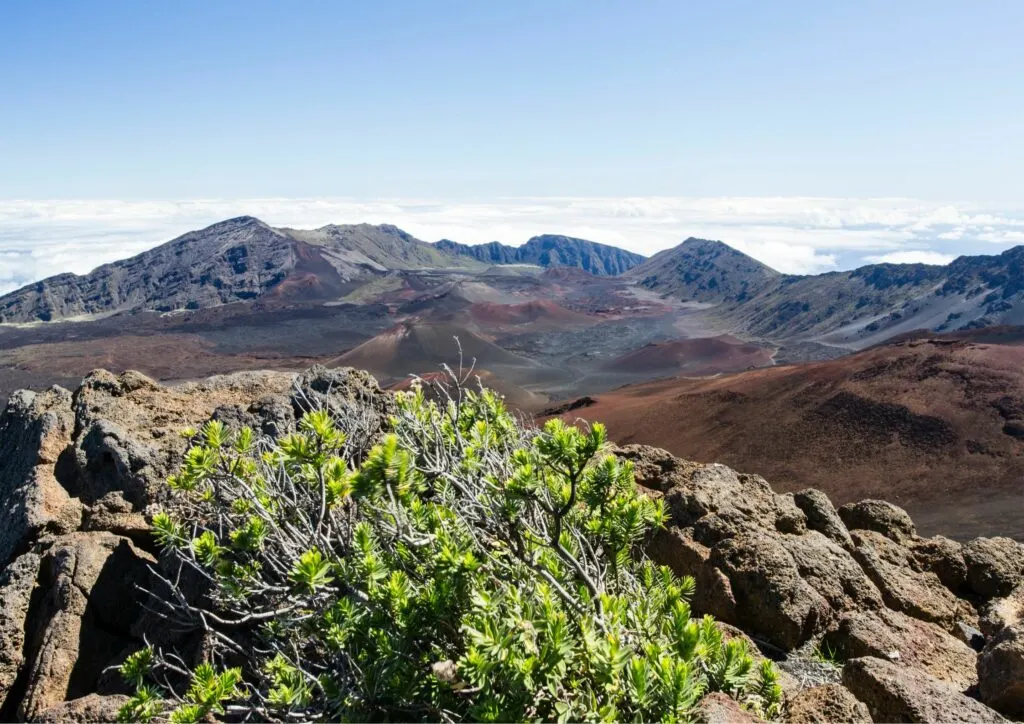
Mauna Loa literally translates to ’Long Mountain’, and it is home to an actual active volcano – with the dome measuring up to a width of approx. 103 kilometres and a length of 120 kilometres.
Standing at approx. 13,600 feet, Mauna Loa actually makes nearly half of the landmass of Hawaii. And it is a mountain that acquires a rather thick coating of snow during the wintery season.
Under the blizzard conditions, the crown of Mauna Lao accumulates a significant amount of snow, and that can have some direct and indirect impacts on the rest of Hawaii.
Mauna Kea
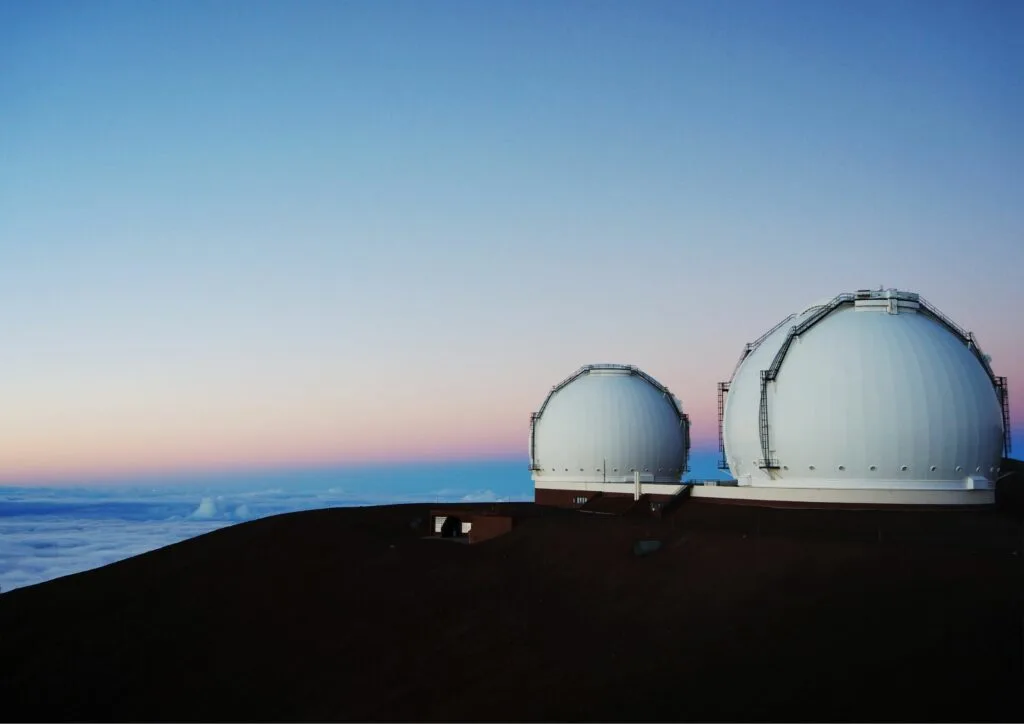
This dormant volcanic mountain is also the tallest one in Hawaii. Its giant peak stretches up towards the heavens to a height of approx. 13,800 feet. It basically means you get a lot of snow – even during the hot summer season.
This mountain has earned the nickname ‘white mountain’ by the locals. The summit is exceedingly challenging to reach. It is even labelled as inhabitable since the temperature is almost always below freezing. (No exaggeration here)
Fun fact: The Mauna Kea Observatory is situated 14,000 feet above sea level and is always above the cloud line, but just once a year the clouds form right above, providing an out-of-this-world view of the surrounding, far-stretching landscape of Hawaii!
Recommended reading: Hawaiian Islands at a Glance
Can You Go Skiing In Hawaii?
Mauna Kea is the most recommended destination to go skiing in Hawaii. Bear in mind that it’s not exactly recommended for beginners and is more of a ski destination for experienced professionals.
It is mainly because the slopes are not maintained as a ski area. It is in fact, a National Science Reserve. There are no lifts to take you to the highest slopes but a trail.
So if you consider yourself a novice in skiing, this may not be the place to start.
Has Hawaii Ever Experienced A Freeze?
At least once a year, the peaks of Mauna Kea, Mauna Loa, and Haleakala experience temperature drops up to or near the freezing point.
But as we all understand now, this doesn’t necessarily become a climate constant for all of Hawaii. It does have its effects in other ways. Like unyielding rainfall and strong winds.
Hawaii has, however, experienced some record-crashing snowfalls.
In 1938 – Mount Haleakala experienced a snow carpet of up to approximately 6 inches.
In 2016 – Mount Mauna Kea was capped by nearly 2 feet of snow.
And in 2021, all three mountain peaks (Mauna Kea, Mauna Loa, and Haleakala) recorded a blanket of snow.
